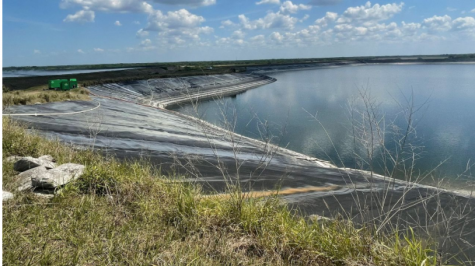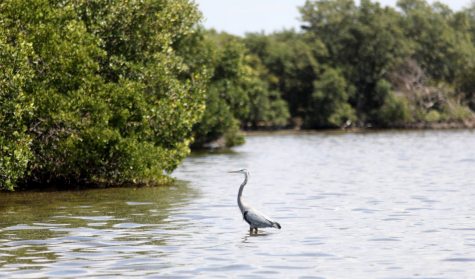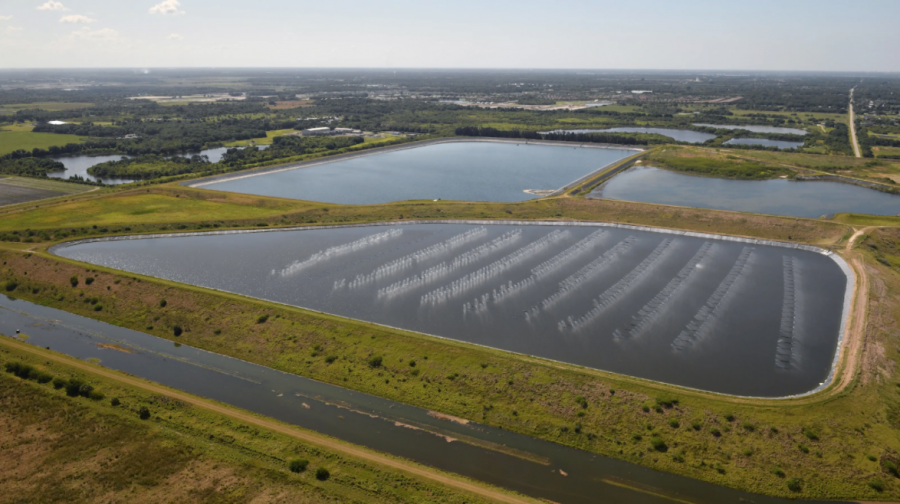Piney Point Information: Leaked
May 17, 2021
Toxic wastewater rushing into nearby neighborhoods does not sound like a particularly pleasant accompaniment to the Easter weekend. However, this was the case for Manatee County, Florida on Saturday, April 3rd, 2021.
The Event
A wastewater reservoir began leaking toxic material that has the potential to be hazardous to the surrounding areas. This reservoir is associated with the Piney Point phosphate plant in Manatee County.
WHO is involved?
Several news stations briefly reported on the toxic leak, but there are still many people who are unaware of the current conditions. Florida Governor Ron DeSantis toured the area and gave a few comments about the situation, “What we are looking at now is trying to prevent, and respond to, if need be, a real catastrophic flood situation.” DeSantis has expressed his concern for the flooding, rather than the water quality issue.
WHAT They’re Not Telling You
So what happens if humans are directly exposed to the contaminated water? A scientific study from 2019 showed that daily exposure to phosphogypsum can pose some carcinogenic risks₁. This means that the contamination of local water sources can result in various cancers. Phosphogypsum is known to have radioactive qualities with the presence of Uranium and Thorium. So, it’s probably not something you want in your backyard. As soon as the word “radioactive” was leaked, people began panicking- and rightfully so.
WHERE is this a Problem?

Phosphate plants are not all that unique. In fact, Florida is home to 27 phosphate plants, nine of which are active. The Piney Point incident occurred at one of these abandoned facilities, where sedimentary rock is mined to use in fertilizers. Here in Florida, it may not be a surprise that we have had issues with fertilizers in the past. An overabundance of nutrient-high runoff has resulted in a phenomenon known as red tide. Red tide occurs when the nutrient-rich fertilizer is dumped into large bodies of water, which eventually results in algal blooms and oxygen dead zones. Red tide is an issue every year and alleviation efforts continue to be put on the back burner. This is in great contrast to the immediate attention placed on the Piney Point leak. However, this immediate attention has since been distorted into a governmental attempt to cover up this environmental catastrophe under the rug.
The problem is that you can’t ignore an entire ecosystem that is hurting. Florida is home to some of the most complex ecosystems, but these diverse habitats could all become a thing of the past if this problem continues to endanger the flora and fauna that have been so carefully protected. Industrial advancements have so far proven to be one of man’s waves of success. However, it is a wave that continues to wash over the environment, constantly knocking it down before it has the chance to get back up. Phosphate mines are littered along Florida’s west coast along with some inland areas and there are more than most realize.
WHEN Did All of this Start?
Piney Point was a phosphate mine 20 years ago, but all that remains is an abandoned reservoir containing stacks of phosphogypsum. In 2001, the plant closed due to bankruptcy and the Mulberry Corporation handed the property over to the Environmental Protection Agency. A company known as HRK then took the property in 2006. Phosphate has a shady past with government agencies like the EPA. In 1994, there was a voluntary ban in the United States in which there was a general consensus to ban the use of phosphate in detergent because of its negative effects. The idea of radioactive detergent certainly pushed many to agree and follow the ban.
WHY You Should Care

Not only does the leak pose health concerns for us, but the environmental impact is significant. As humans, we must remember that we are sharing our environment with other species, it is not ours. However, we must uphold certain duties by questioning the corresponding legislature and improving it for the better. Multiple reports indicate that Florida’s Environmental Department has completely denied the significance of the leak.
Jim McCarthy is a board member on the Environmental Regulation Commission for Florida and after speaking with him, he told me, “The leak at Piney Point is a disaster with potentially long-term effects.” These unspecified ‘long term effects’ are the reason that many are questioning the legitimacy of the government’s conclusions regarding the leak. The demand for change has increased as the consequences of this leak grow in severity.
ManaSota-88 is a nonprofit organization that has spent years trying to fight for the health of Florida’s environment. The organization specifically focuses on phosphate mining, oil drilling, pesticides, and even plastic bags. Glen Compton, the Chairman of the nonprofit, told me that, “The citizens of Florida should know who is in control of the future of our environment and our pocketbooks.” He continued on to explain how taxpayers have contributed to Piney Point in an attempt to make it more secure and environmentally-stable. However, millions of dollars were going to waste because of the recent leak.
This leak has already caused much more damage than expected. The economy, our ecosystem, and local communities are already beginning to face the ‘long term effects’. The phrase, ‘see something, say something’ still applies. Now that you see it, it is your turn to say something.








